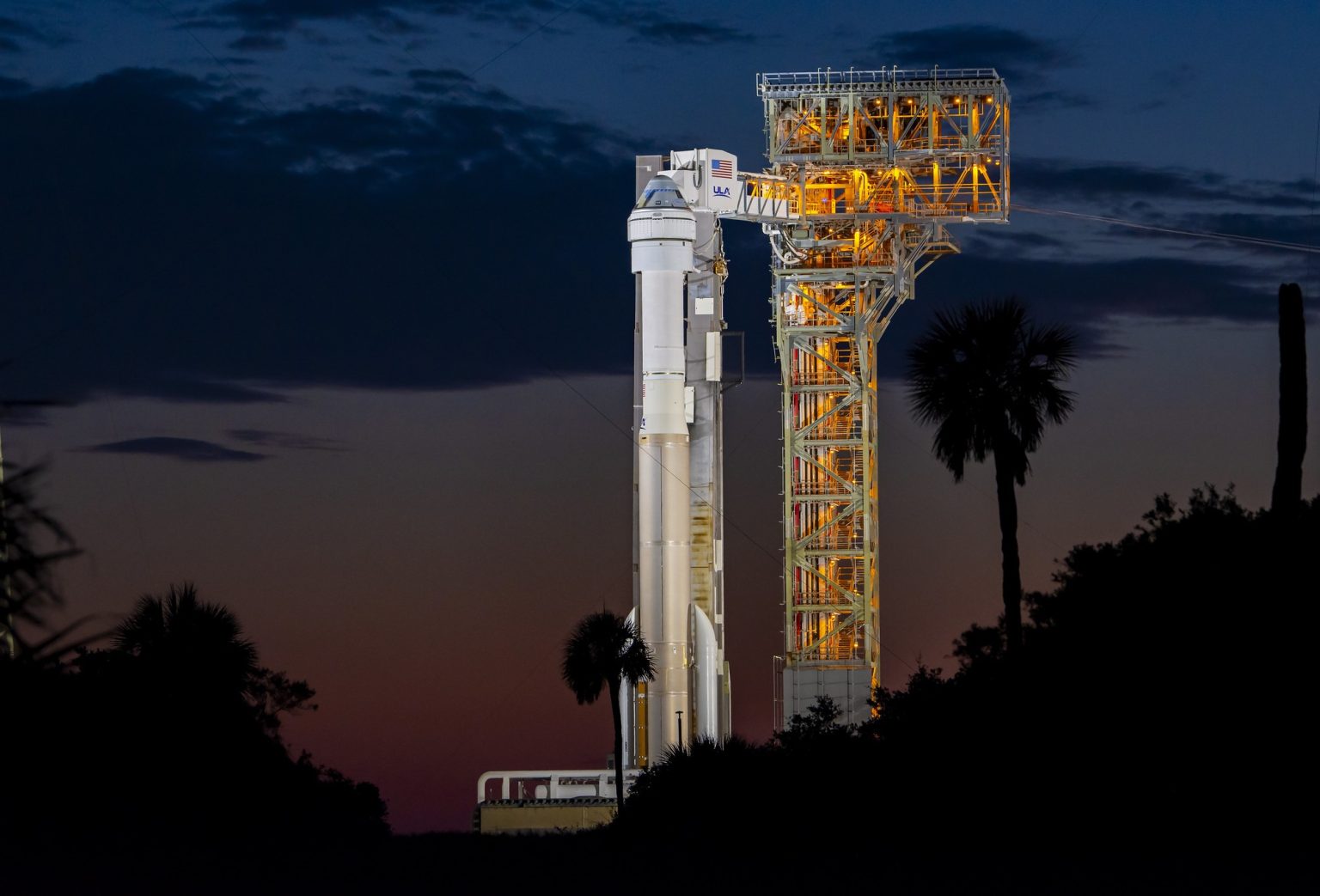United Launch Alliance’s Atlas V rocket with Boeing’s Starliner space capsule is set for launch to the International Space Station with a crew onboard for the first time. NASA astronauts Butch Wilmore and Sunita Williams will test Starliner’s systems and deliver supplies to the space station during their 10-day mission. The capsule has encountered delays and cost overruns but completed a successful uncrewed test flight in 2022 and is ready for the crewed mission.
A recent launch attempt was called off due to a helium leak in the Starliner service module, which was deemed safe to proceed with for the test flight. Engineers also discovered a potential design vulnerability in the propulsion system, but a work-around has been developed for the mission. The team is prepared to closely examine the propulsion system design and helium pressurization system upon completion of the test flight.
NASA and Boeing worked with Blue Origin to ensure that a parachute issue encountered during a Blue Origin suborbital mission wouldn’t happen with Starliner’s parachutes. The team is confident in the cutters used for Starliner’s parachute system and is ready for the test flight. NASA made a last-minute switch in payloads due to a failed urine-recycling system pump on the space station, sending up a replacement pump on Starliner.
After their time on the space station, Wilmore and Williams will return to Earth with a parachute-aided, airbag-cushioned landing in the American Southwest. Boeing will use the data from the test flight to further refine Starliner’s design, clearing the way for it to serve as a commercial “space taxi” alongside SpaceX’s Crew Dragon for transporting astronauts to and from orbit. The success of the test flight is crucial for the future of Starliner as a crew transportation vehicle.
Despite previous setbacks and last-minute issues, NASA, Boeing, and the commercial partners are prepared for the launch of Starliner with a crew to the International Space Station. The team is confident in the improvements made to the spacecraft and its systems, ready to assess any potential issues encountered during the test flight. The mission marks a significant milestone in the development of Starliner as a reliable and safe spacecraft for transporting astronauts to the space station.
The future of human spaceflight relies on successful missions like Starliner’s crewed test flight, as it sets the stage for commercial spacecraft to become the norm for transporting crew to and from orbit. NASA will continue to work with its partners to ensure the safety and success of crewed missions, paving the way for continued exploration and research in space. The collaboration between government agencies and commercial entities is key to achieving the goals of human space exploration and advancing technology for future missions.


